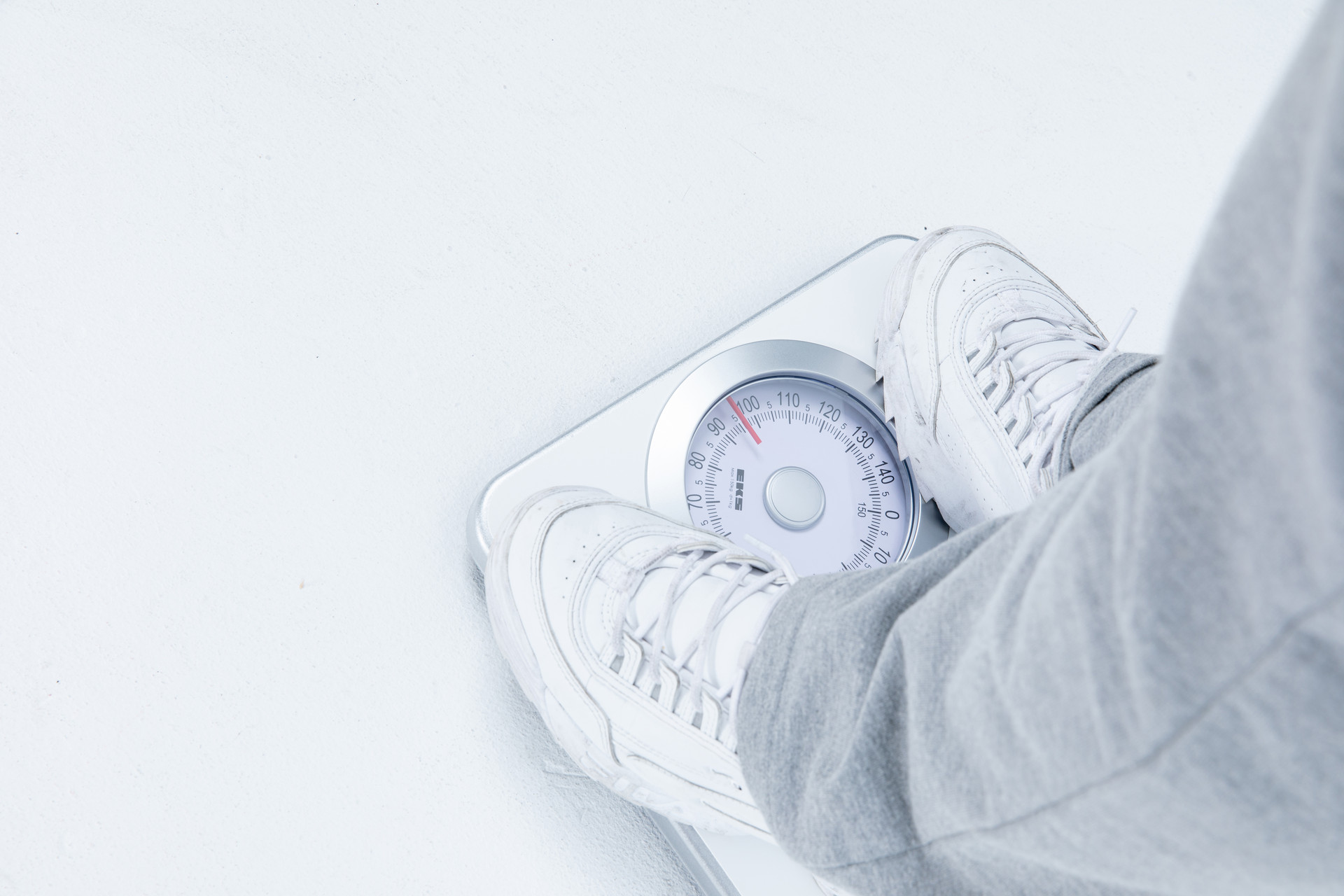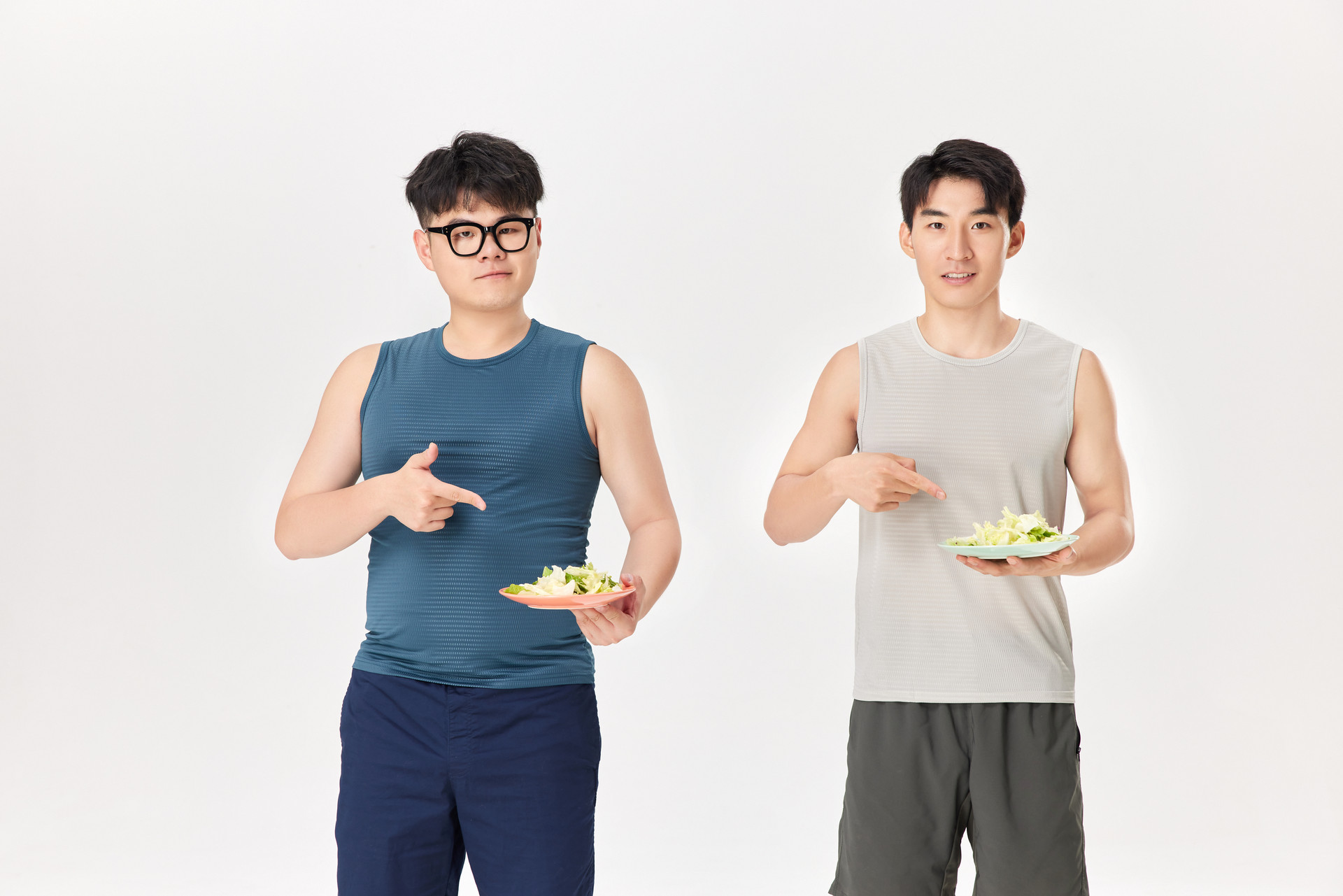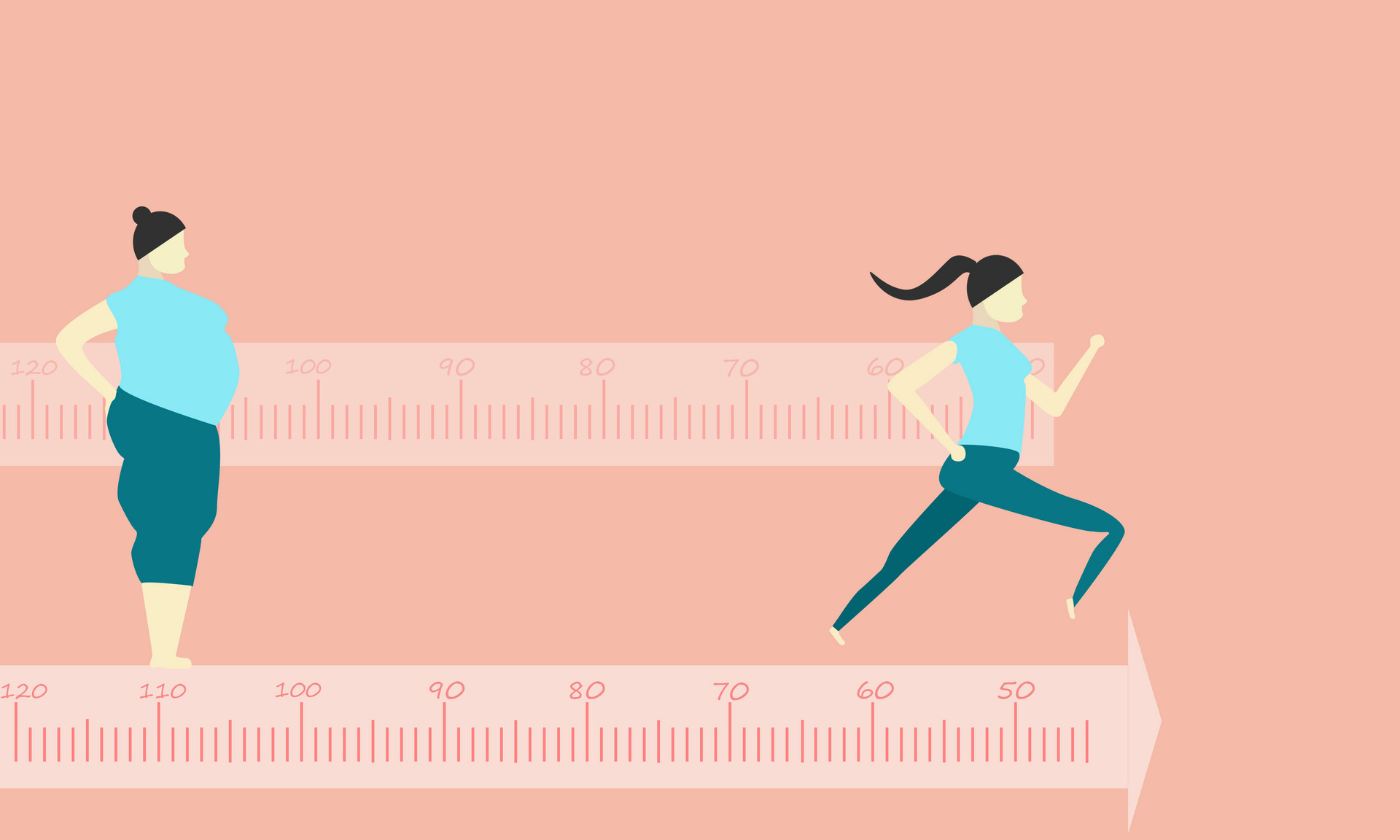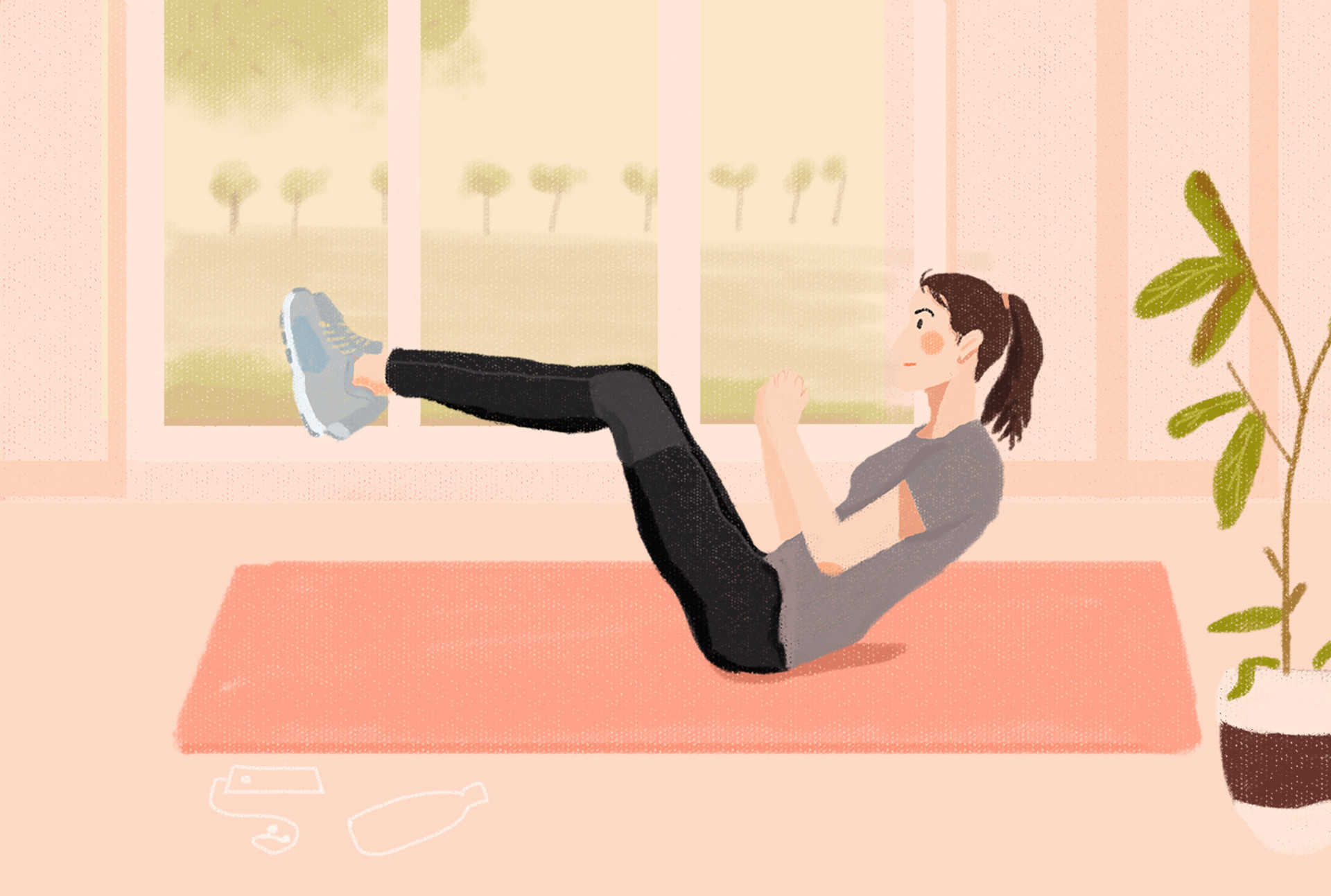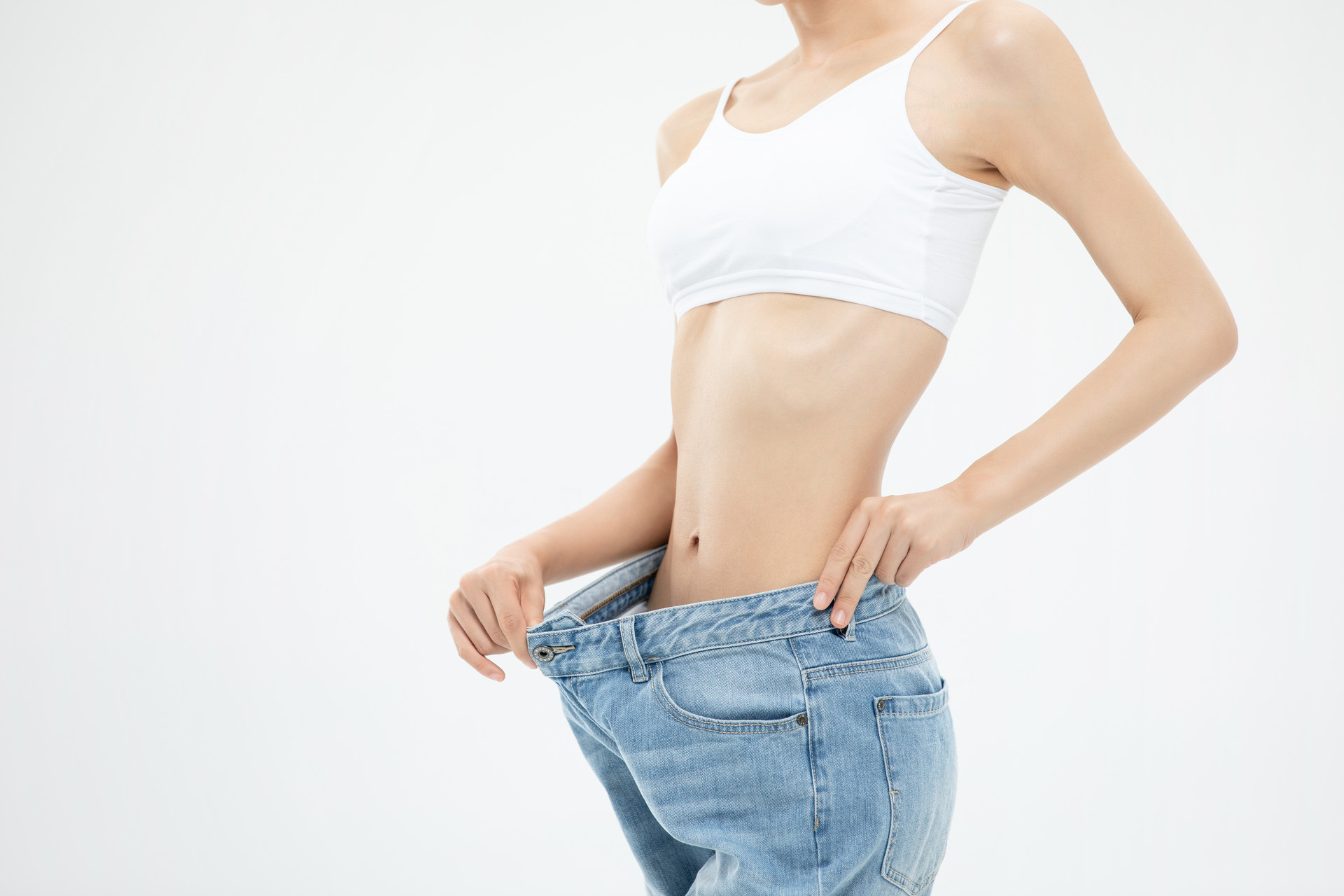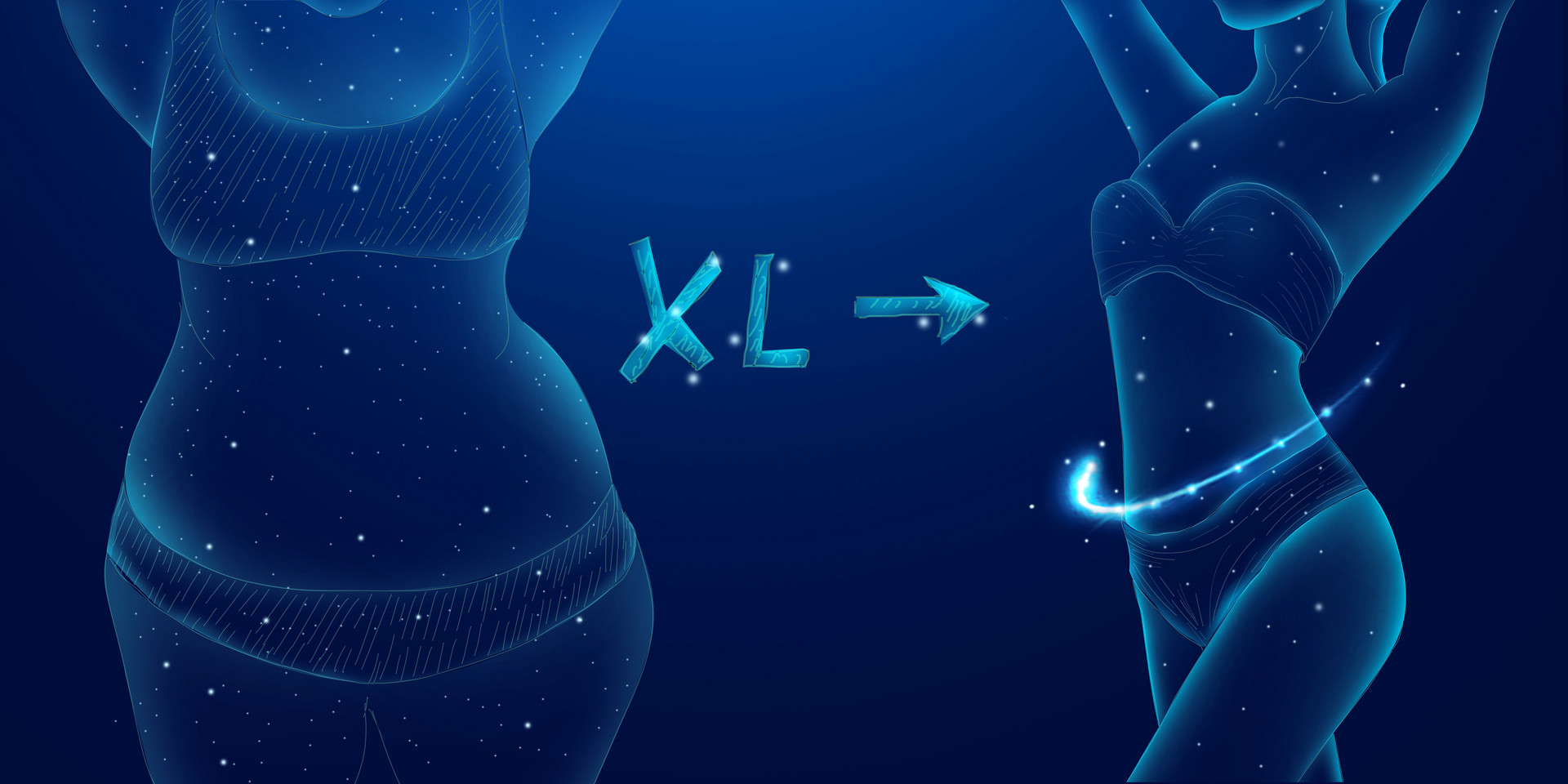Acupuncture for Weight Loss
Acupuncture is a unique branch of traditional medicine that can also play an important role in managing obesity. Acupuncture works by adjusting the body's metabolism and endocrine function, promoting fat breakdown and achieving weight loss and fat reduction.
Regulating gastrointestinal function: The comprehensive effects of regulating the gastrointestinal function are mostly reflected in decreased appetite and improved bowel movements. We know that excessive intake is a major cause of obesity, so regulating gastrointestinal function has a significant effect on weight loss. Many people who receive acupuncture for weight loss notice a decrease or even suppression of their appetite. Acupuncture can extend gastric emptying time, thereby inhibiting and even reducing excessive appetite. Additionally, it can improve intestinal function. For example, some people with constipation experience increased intestinal peristalsis and enhanced excretory function during acupuncture for weight loss, which are results of the enhanced intestinal function caused by acupuncture.
Improving body metabolism: This includes glucose metabolism, fat metabolism, etc. Acupuncture can enhance the rate of metabolism, promote the metabolism of excess fat, and achieve the goal of weight loss. For those with glucose metabolism disorders, such as diabetes, acupuncture can often help adjust the condition during the acupuncture process.
Improving endocrine system function: Many instances of obesity occur during puberty, postpartum, and menopause, particularly in women. These stages are characterized by significant changes in hormone levels. During acupuncture for weight loss, many women with symptoms such as menstrual disorders and amenorrhea do not receive specific treatment for these symptoms. However, acupuncture can often improve these symptoms, which is a result of improved endocrine function.
Methods of Acupuncture for Weight Loss
Body acupuncture point selection and treatment
① Syndrome differentiation and acupoint selection: The most suitable acupoints should be selected based on the patient's clinical characteristics. For those with increased appetite and easily feeling hungry, the stomach meridian points should be chosen as the priority. For those with weak physical condition and easily experiencing shortness of breath, the lung and spleen meridian points can be selected. For those with bloating and heavy limbs, the triple energizer meridian points can be chosen.
② Acupoint selection for treatment:
Body acupuncture method 1: Acupoints selected are Guan Yuan (CV4) and San Yin Jiao (SP6). Additional acupoints are selected based on the differentiation of syndromes:
If it belongs to spleen deficiency and dampness stagnation, additional acupoints would include Nei Guan (PC6), Shui Fen (CV9), Tian Shu (ST25), Feng Long (ST40), Lie Que (LU7), and Pi Yu (BL20).
If it belongs to damp-heat accumulation, additional acupoints would include Qu Chi (LI11), Zhi Gou (TE6), Da Heng (SP15), Si Man (ST44), and Nei Ting (BL44).
If it belongs to disharmony of the chong and ren channels, additional acupoints would include Zhi Gou (TE6), Zhong Zhu (TE3), Dai Mai (GB26), Xue Hai (SP10), Shen Yu (BL23), and Tai Xi (KI3).
Procedure: The main acupoints should be always selected, and then 3-4 additional acupoints should be chosen according to the syndrome type. Each treatment should last for half an hour, with one session every other day. A complete course consists of 15 sessions, with a 5-day interval between each course.
Body acupuncture method 2: Acupoints selected are Tian Shu (ST25), Zhong Wan (CV12), and Da Heng (ST21). Additional acupoints include Qu Chi (LI11), He Gu (LI4), Gao Huang (ST43), Nei Ting (BL44), and San Yin Jiao (SP6).
Procedure: Tian Shu and Da Heng are connected to an electroacupuncture device and electric stimulation is applied continuously for 15-20 minutes. The treatment can be done once daily or every other day, with 15 sessions as a complete course.
Ear acupuncture treatment
Method 1: Ear acupoints selected include mouth, esophagus, duodenum, hunger point, endocrine, brain, and stomach.
Method 2: Ear acupoints selected include endocrine, hypothalamus, ovaries, brain point, hunger point, thirst point, shen men, and stomach.
Method 3: Ear acupoints selected include lung, spleen, kidney, triple energizer, and endocrine points. Additional acupoints can include liver, stomach, shen men, subcortical, and hunger points.
Procedure: 4-6 acupoints should be selected each time and fixed with adhesive tape. Treatment should be done 1-2 times per week.
Ear seed pressure
Ear seed pressure therapy: One course consists of 30 days. Strict sterilization is required: The entire procedure should be strictly sterilized. The ear seed pressure site should be disinfected with iodine first, followed by deiodination with 75% alcohol. Then, an intradermal needle, magnetic seed, or Wang Buliu needle should be fixed on the acupoint to prevent infection or contamination.
Thread Embedding for Weight Loss
Thread embedding for weight loss is an extension and development of acupuncture for weight loss. It involves embedding protein threads into acupoints, which soften, decompose, liquefy, and absorb within the body. Through the embedded threads, excess liquid fat is metabolized and expelled from the body, achieving the goal of weight loss. It has a "long-lasting acupuncture effect" and can improve spleen and qi, unblock meridians, warm the middle, disperse cold, and harmonize yin and yang, thereby adjusting the patient's autonomic nervous system and endocrine function.
Acupoint selection: The main acupoints selected are Guan Yuan (CV4), Tian Shu (ST25), Shui Fen (CV9), and Shui Dao (CV28). Additional acupoints can be selected based on differentiation of syndromes:
If it belongs to spleen deficiency and dampness stagnation, additional acupoints would include San Yin Jiao (SP6) and Pi Yu (BL20).
If it belongs to damp-heat accumulation, additional acupoints would include Qu Chi (LI11), Da Heng (ST21), Si Man (ST44), Nei Ting (BL44), and Fu Jie (CV14).
If it belongs to disharmony of the chong and ren channels, additional acupoints would include Dai Mai (GB26), Xue Hai (SP10), and Shen Yu (BL23).
Usually, 4 treatments constitute one course. Thread embedding for weight loss can last for 15 days.
Precautions: ①Firstly, the patient's mindset should be properly prepared to obtain close cooperation. ②During treatment, the same acupoint should not be repeatedly used. ③It is best not to bathe within 3 days of thread embedding. ④Strictly sterilize the procedure to prevent infection. ⑤For thread embedding for weight loss, the angle and depth of embedding should be selected according to the different body parts to prevent injury to organs, the spinal cord, blood vessels, and nerves, in order to avoid adverse consequences. ⑥After thread embedding for weight loss, appropriate exercise, rest, and care are important. ⑦A balanced diet is recommended and hormonal medications should be avoided.
Cupping for Weight Loss
Cupping for weight loss uses strong suction during cupping to fully open the sweat pores, stimulate sweat glands and sebaceous glands, enhance skin cell renewal, and accelerate the excretion of toxins and waste products, achieving the slimming effect of reducing fat. It is a form of meridian therapy for weight loss.
Advantages of cupping for weight loss: Cupping for weight loss not only can treat according to syndrome differentiation, regulate the overall condition, unblock meridians, and promote body metabolism, but it can also achieve the effect of localized weight loss by selecting local acupoints along the meridians according to the location of obesity. It can stimulate the sluggish autonomic nervous system of obese individuals, make it more active, and increase energy consumption. When cupping while using slimming or weight loss essential oils, it can accelerate the excretion of toxins and the decomposition of excess fat produced by accelerated metabolism, making the weight loss effect more effective.
Precautions
①Control of diet is important in acupuncture for weight loss. During the acupuncture process, if overeating occurs or eating is random, weight loss goals will not be achieved. However, controlling the diet does not mean resorting to extreme fasting.
②Acupuncture for weight loss is a gradual process. It is unrealistic to expect a few needles to instantly transform the body into a slim figure. In addition to acupuncture, developing good lifestyle and dietary habits is necessary to effectively prevent rebounding. Otherwise, once the acupuncture is stopped, weight regain will occur immediately.
③During acupuncture for weight loss treatment, patients may experience loss of appetite, thirst, increased frequency of urination and bowel movements, and fatigue. These are all normal phenomena. Through acupuncture treatment, the body's internal functions are continuously adjusted, promoting faster metabolism and energy consumption, leading to these clinical symptoms. Once the body reestablishes balance, these symptoms will disappear. If dizziness, pain, nausea, or other symptoms occur during acupuncture, it is considered an adverse reaction to acupuncture and treatment should be immediately discontinued to prevent danger.
④Increasing fat consumption is a necessary condition for weight loss treatment. However, strenuous exercise is not recommended; endurance and long-lasting exercise are encouraged. For patients with abdominal obesity, practicing abdominal breathing and abdominal exercises for about 20 minutes before sleep can be beneficial for reducing abdominal fat and promoting bowel movements.
Weight Loss Diet Plan
①Drink at least 1 cup of milk per day: If milk intake is insufficient, the body will absorb calcium from the bones to compensate, which can lead to dull nails. If engaging in physical activity, it is also easier to get injured.
②Consume one fresh egg per day: Fresh eggs contain high-quality protein and minerals needed for daily nutrition.
③Eat one piece of low-fat fish or meat per day: A palm-sized piece of fish or meat contains approximately 80 calories. Inadequate intake of fish and meat can easily lead to fatigue and dry hair, and even physiological disorders.
④Include legumes and soy products: Relying solely on animal protein can increase the risk of "lifestyle diseases", so legumes and soy products are essential.


